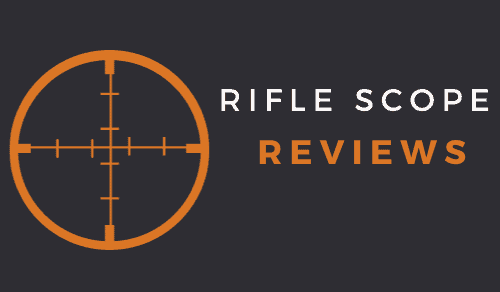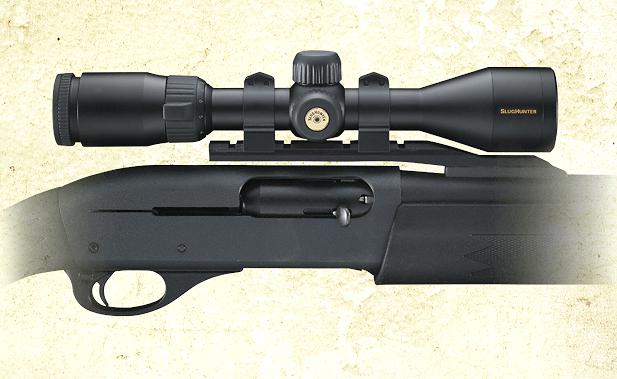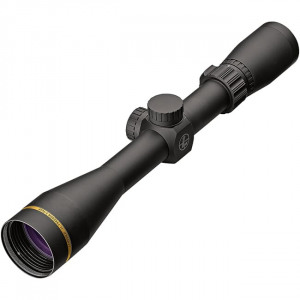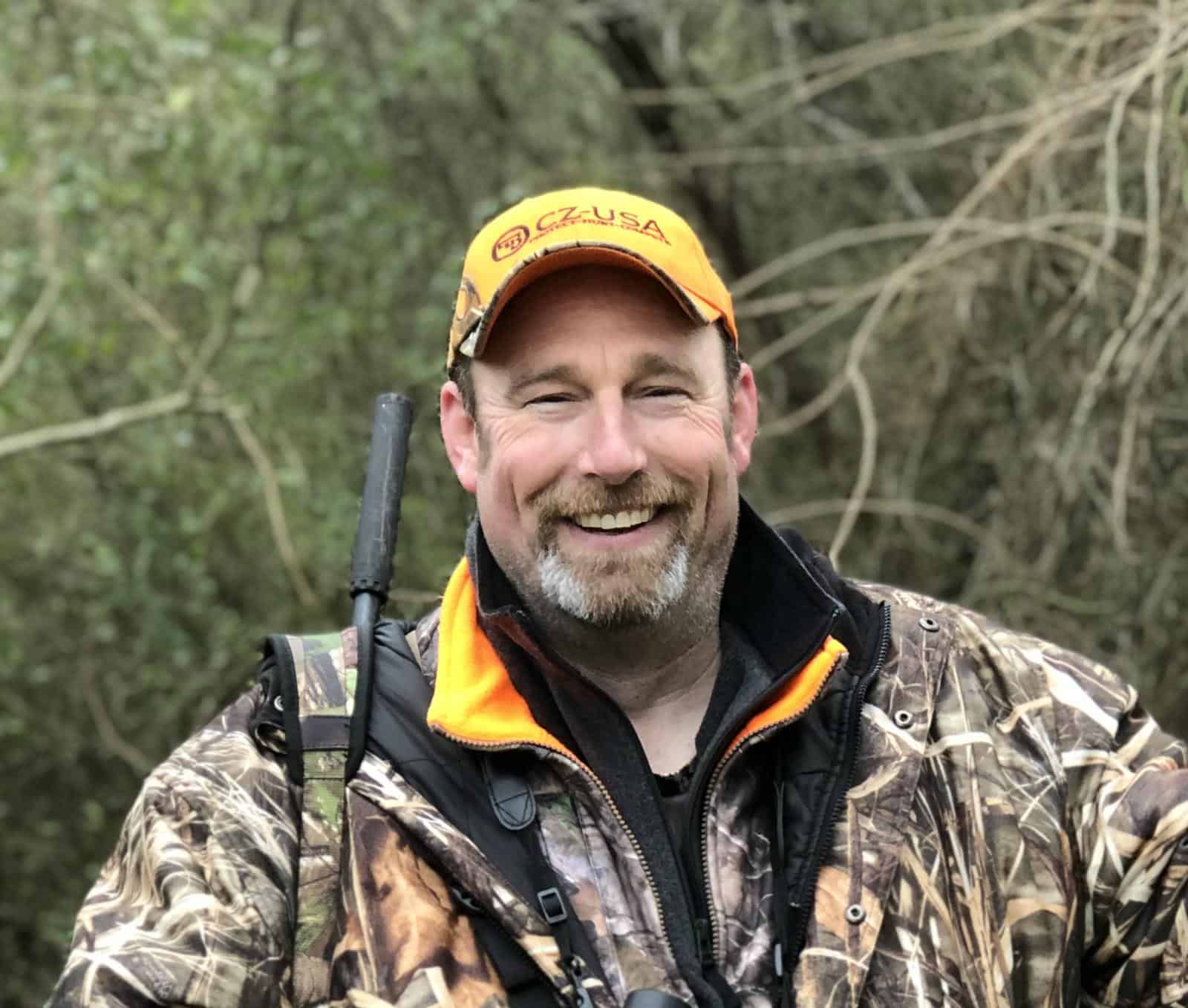As an Amazon Associate I earn from qualifying purchases. Amazon and the Amazon logo are trademarks of Amazon.com, Inc, or its affiliates.
Over the years, Nikon Optics has offered several popular shotgun scope models. While most all the different models proved to be good sellers, none were as popular as the Nikon Slughunter scope models.
The Nikon Slughunter scope series was introduced in 2007 and was designed as a riflescope made explicitly for use on a shotgun using slugs for deer hunting.
Nikon offered the Slughunter line of scopes in 3 models:
- 1.65-5×36 with BDC200 reticle
- 3-9×40 with BDC200 reticle
- 3-9×40 with BDC200 reticle in Realtree APG finish
While all three models were popular, the 3-9×40 version was the best seller of the three models.
All the Slughunter scope models featured Nikon’s patented bullet drop compensation reticle called the BDC200. This reticle offered bullet drop compensation for most of the popular polymer tipped sabot style shotgun slugs on the market with a velocity of approximately 2000 feet per second. Using those types of shotgun slugs, a hunter could accurately shoot out to 200 yards using the BDC function.
The BDC functionality meant that a hunter could sight his or her slug shotgun in at 50 yards, and then use the ballistic circle marks on the reticle to shoot at distances of 100 yards, 150 yards, 175 yards, and 200 yards, without having to figure out the bullet drop for the slug at those distances.
As long as the directions were followed, the BDC functionality in the reticle would automatically be calibrated to compensate for the bullet drop of the slug at those pre-determined distances.
Eye Relief – The Secret to a Good Shotgun Scope
Most shotguns have one thing in common, and that’s substantial recoil when it is fired. The severity of the recoil can vary depending on many factors, such as the shotgun gauge, the size, and weight, etc.
Mounting a scope on a shotgun can be a tricky proposition due to the recoil. Most rifle scopes on the market made for rifles do not function well on a shotgun due to the following issues:
- The scope does not offer enough eye relief to avoid the scope coming into contact with your eye area when the shotgun is fired. The eye relief is the distance from the riflescope to your eye, where the shooter can see a full image through the scope.
- With a short eye relief and a concern of the scope impacting one’s face, the riflescope has to be mounted so far forward that the shooter cannot see a complete and clear image through the scope.
Nikon took both of these issues into consideration when they built the Slug Hunter scope series, as each model in the series features 5 inches of eye relief. While 5″ may not sound like much, most rifle scopes only feature 3.5″ to 4″ of eye relief.
The 5 inches of eye relief means that the scope is a full 5 inches from the shooter’s face, but the shooter can still obtain a full sight picture through the scope.
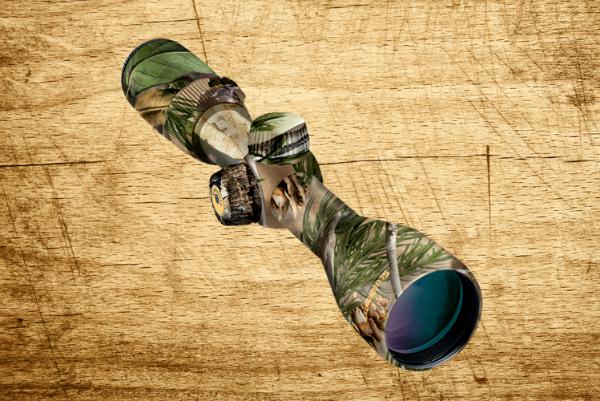
Keep in mind that the Slughunter series was introduced in 2007, and in 2007, a 5″ eye relief and BDC reticle for a dedicated shotgun scope was new and innovative.
Unfortunately, Nikon phased out the Slughunter line of scopes in 2016 and rolled the concept over into the Nikon Prostaff P3 line of riflescopes. Within the Prostaff P3 scope series, Nikon offers a 2-7×32 and 3-9×40 shotgun scope models that use the same BDC200 reticle featured on the Slughunter series.
Where can I find a Nikon Slughunter shotgun scope for sale now?
While Nikon is no longer offering the Slughunter scopes, you can still occasionally come across one for sale here and there.
Here are all the Nikon Slughunter shotgun scopes that I was able to locate for sale:
If you are not able to find a Slughunter scope for sale, the only other Nikon shotgun scopes to consider would be the Nikon P3 shotgun models. Unfortunately, those P3 shotgun scope models are as hard to find now as the Nikon Slughunter scopes.
About the only other current 3-9×40 scope with a BDC reticle that I would suggest as a possible alternative to the Nikon Slughunter would be the Leupold VX-Freedom Muzzleloader/Shotgun scope. This model is commonly listed as a “muzzleloader” scope, but it works exceptionally well on a shotgun. I’ve suggested this particular Leupold scope as an alternative to the Nikon line of shotgun scopes to several customers at my day job and I’ve only received positive feedback about well it performed.
Like the Nikon shotgun scopes, this Leupold VX-Freedom Muzzleloader & Shotgun scope also features a BDC reticle that Leupold calls their Sabot Ballistics Reticle. And, like the Nikon BDC200 reticle, the Leupold Sabot reticle is also built to work with the sabot style shotgun slugs.
Where the BDC functionality on the Leupold shotgun scope differs from the Nikon Slughunter, is the sight-in distance. The Leupold Sabot Reticle is designed to be sighted-in at 100 yards and the BDC marks are set at 200 yards and 300 yards.
Here are the best deals that I could find on the Leupold VX-Freedom Muzzleloader & Shotgun scope:
FAQS
Here are some frequently asked questions that I see regarding the Nikon Slug Hunter line of shotgun scopes:
Where can I find a Nikon Slughunter BDC 200 manual?
Here’s a link to the hard to find manual for the Nikon Slughunter scopes in 1.65-5 and 3-9 configurations.
Here’s a link to the Nikon manual that explains how to use the BDC reticle.
Has the Nikon Slughunter scope been discontinued?
Unfortunately, the Nikon Slughunter line of shotgun scopes has been discontinued. Nikon phased the Slughunter scope line out in 2016 and rolled it over into the Nikon Prostaff P3 line of scopes under the Prostaff P3 name.
I’ve been looking for a Nikon Slughunter 2-7×32 but can’t find one anywhere? Any idea where I might be able to find one?
The Nikon Slughunter series was not offered in a 2-7×32 configuration. It sounds like you might be asking about the Nikon P3 line of shotgun scopes as Nikon does offer a shotgun scope in the P3 line in a 2-7×32 configuration.
Can you provide some details about how to sight in Nikon Slughunter scope?
First, it’s essential to understand that the BDC (Bullet Drop Compensation) functionality on the Slug hunter scopes is designed to work with polymer tipped slugs (commonly called Sabot slugs) being fired out of a shotgun with a rifled slug barrel. The slugs should have a velocity in the 1900 to 2000 feet per second speed for the BDC to function accurately.
The SlugHunter scopes need to be sighted-in at 50 yards using the sabot style slugs and using the center crosshair as the aiming point.
Once the shotgun and scope are sighted in at the 50-yard mark, the BDC reticle aiming points (which are small circles under the crosshairs along the vertical post) will have a built-in bullet drop adjustment for the following ranges:
- The first circle down from the crosshairs is made for a 100-yard shot
- The second circle down from the crosshairs is made for a 150-yard shot
- The third circle down from the crosshairs is made for a 175-yard shot
- The fourth circle down from the crosshairs is made for a 200-yard shot
A few points to mention on the sight-in process for the Slughunter scopes:
The BDC functionality is designed for use with a slug being fired from a rifled barrel. A slug being fired from a non-rifled (smoothbore) shotgun will have different ballistic performances so the BDC functionality won’t be as accurate out of the box compared to a rifled barrel. If you opt to use a smooth bore shotgun with slugs, your best bet is to test the BDC functionality at the desired ranges as you may have to make some adjustments.
Once you’ve got the Slughunter scope dialed in at the 50-yard mark, test fire out at the 100 to 200 ranges to ensure the accuracy. This is a step that many slug hunters skip, and it’s an important one. The test process validates the groupings and accuracy at those distances and builds confidence when shooting at game animals at those ranges.
Buy a couple of different brands of the Sabot style slugs and run them through your shotgun. Different brands perform differently, and testing will identify the top shooting slug for your needs.
Can you explain How to use a Nikon Slughunter scope?
First, I’d suggest reading the section above about how to sight in a Slughunter scope.
Once that process and test firing are completed, you are ready to hit the woods.
If you’re not very good at estimating range in the field, I might consider taking a range finder in the woods with me to ensure that you’ve got the right distance when you see a deer.
Then, when you look through the scope at the game animal (which will usually be a deer), you put the BDC reticle that matches the distance in yards on the vitals and take a shot.
I’ve found the BDC functionality on the Slughunter scopes to be very accurate as long as you are:
- Shooting the recommended style of slugs with the proper FPS speed
- Are using a shotgun with a rifled slug barrel
- Have tested your preferred slug out to different ranges once the sight in process was completed.
I have a cousin who lives in upstate New York, where they are restricted to hunting deer with a shotgun only. He swears by these Nikon shotgun scopes with the BDC reticle and has taken some nice deer over the years at distances out over 200 yards. His longest shot to date was 227 yards.
As I come across more questions about the Nikon Slugmaster shotgun scopes, I’ll update this page.
I’ve been working in the firearms and sporting optics industry for over 20 years, with a personal and professional interest in all things related to rifle scopes, Through a combination of work experience, formal training, and personal experiences, I have extensive experience mounting, testing, and evaluating different rifle scope models across most major optical brands.
